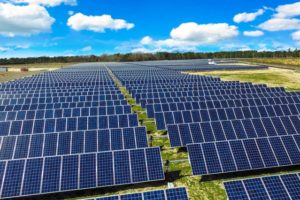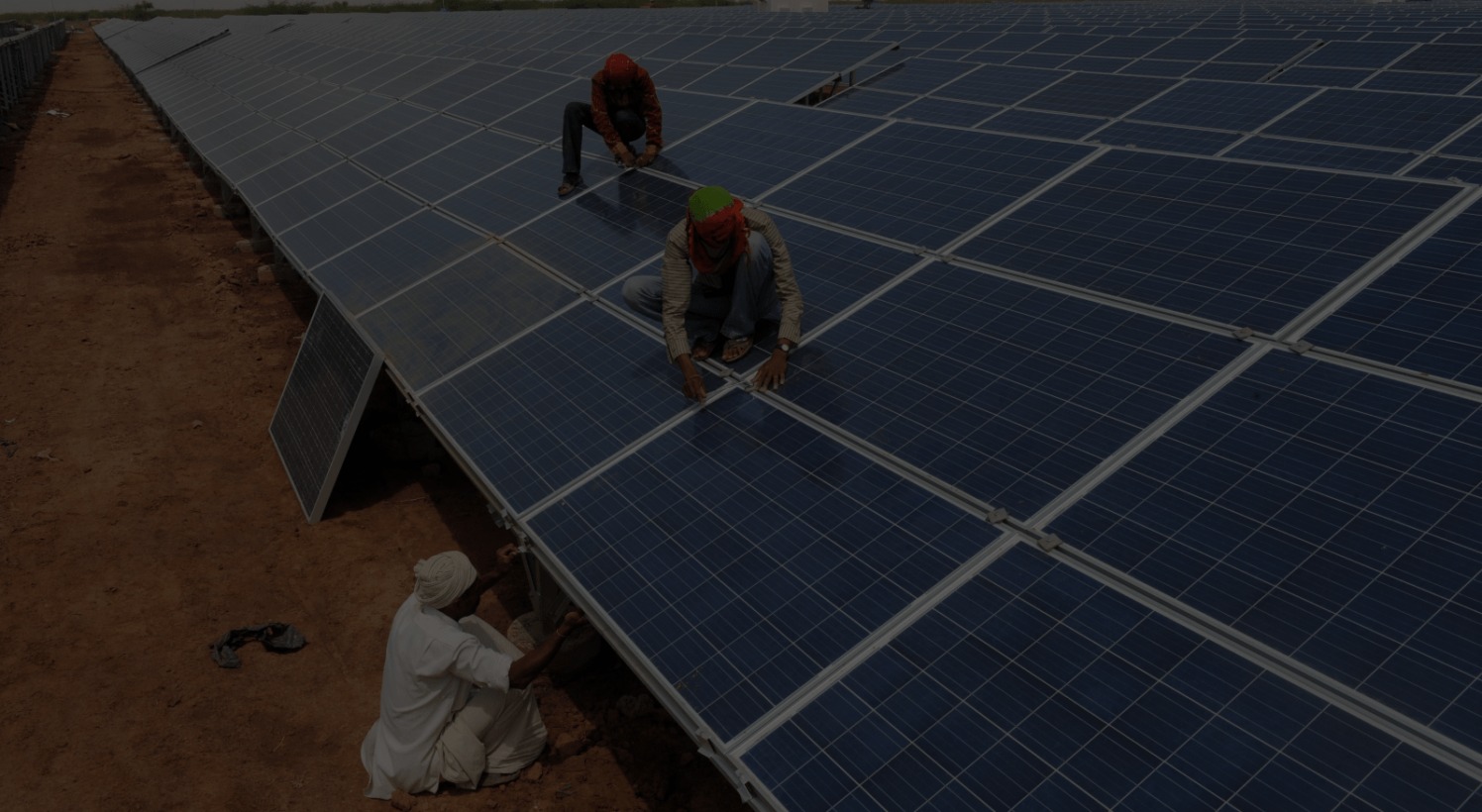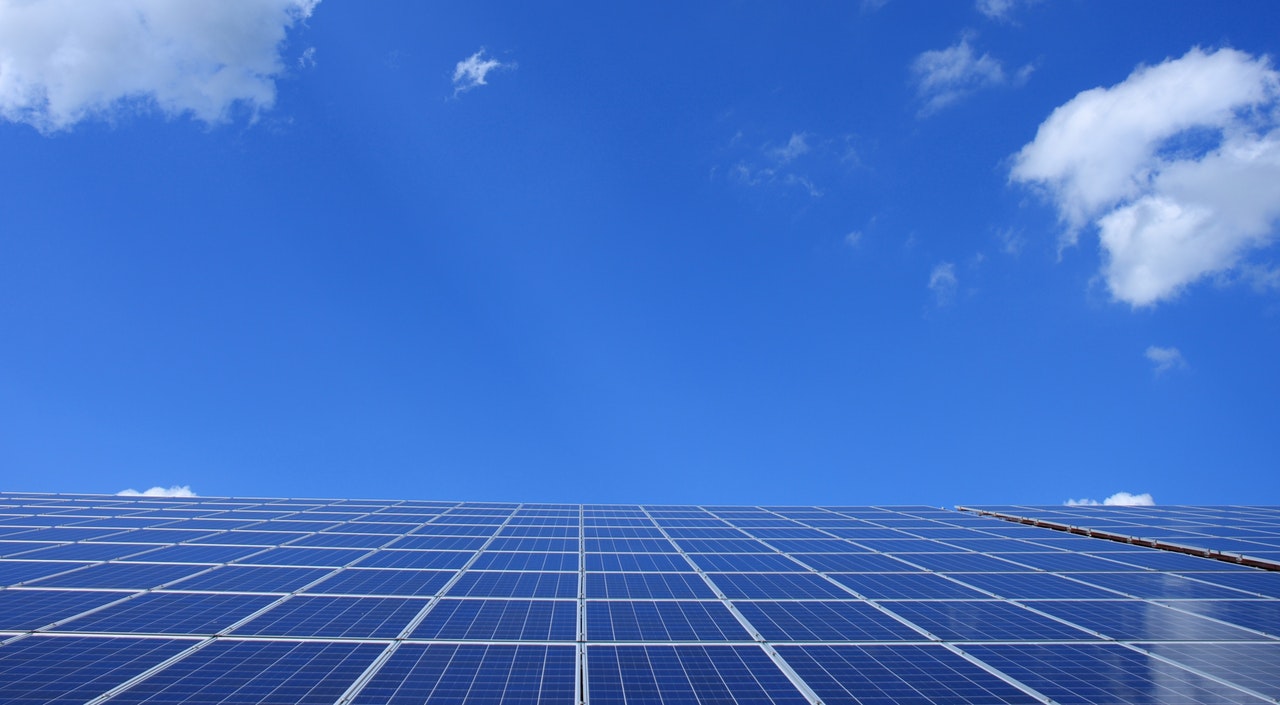India’s solar power limit expansion is set to rise by around 15 percent to a range between 7,000 Megawatt (Mw) and 7,500 Mw in the current financial year (2019-20) on the basis of the tendering activities and awards of ventures in the last 12-15 months.
By contrast, the last financial year’s solar limit expansion is evaluated to have stayed downtrodden in a range between 6,000 Mw and 6,500 Mw because of the weak trend in awards of solar undertakings in the calendar year 2017.
“Tendered project awards for solar PV projects during the calendar year 2018 stood at about 11 GW against 4.5 GW in CY 2017, providing a healthy pipeline for capacity addition over the next 2-year period,” said Girishkumar Kadam, Vice President at ICRA.
About, 56 percent of the capacity auctioned in 2018 has been accounted for by central organizations, for example, Solar Energy Corporation of India (SECI) and National Thermal Power Corporation (NTPC) Ltd in balance with state nodal entities under different state-level programs.
Aside from the undertakings granted through the bids, around 1 GW capacity is expected to be included through open access or group captive route and grid-connected rooftop, with these additions being encouraged by good solar policies for open access route in a couple of states.
The weighted average solar bid levy in 2018 diminished to Rs 2.73 per unit as against Rs 3.01 per unit in 2017 and Rs 5.01 per unit in 2016. This was because of a decrease in PV module costs in 2018 and aggressive bidding by Independent Power producers (IPPs).
“In this context, the viability of such tariffs critically hinges on timely project execution as per the PPA timelines, availability of debt with longer tenures at competitive funding cost and the ability of the project developers to keep the cost of modules within the budgeted levels,” ICRA said in a statement.


